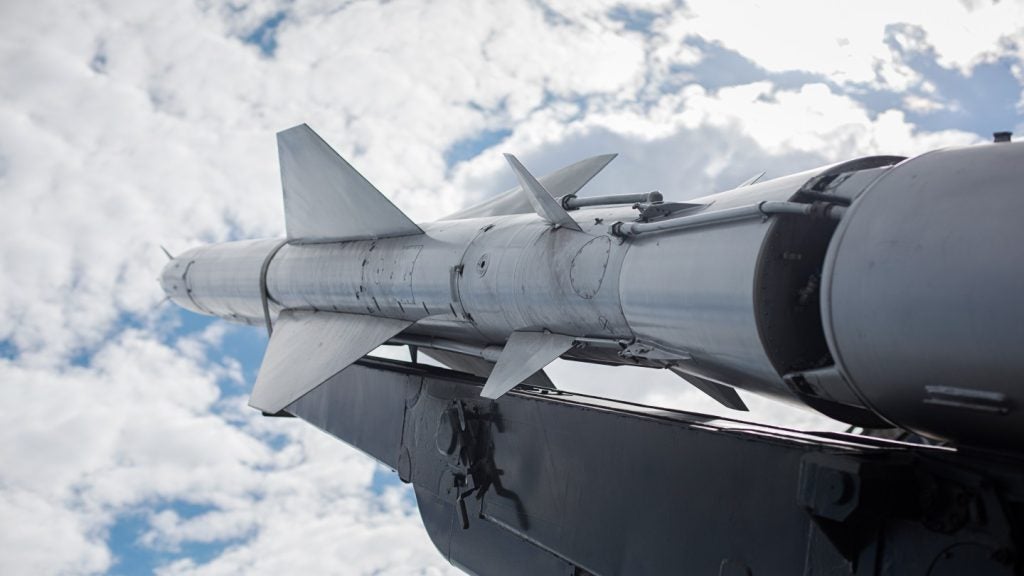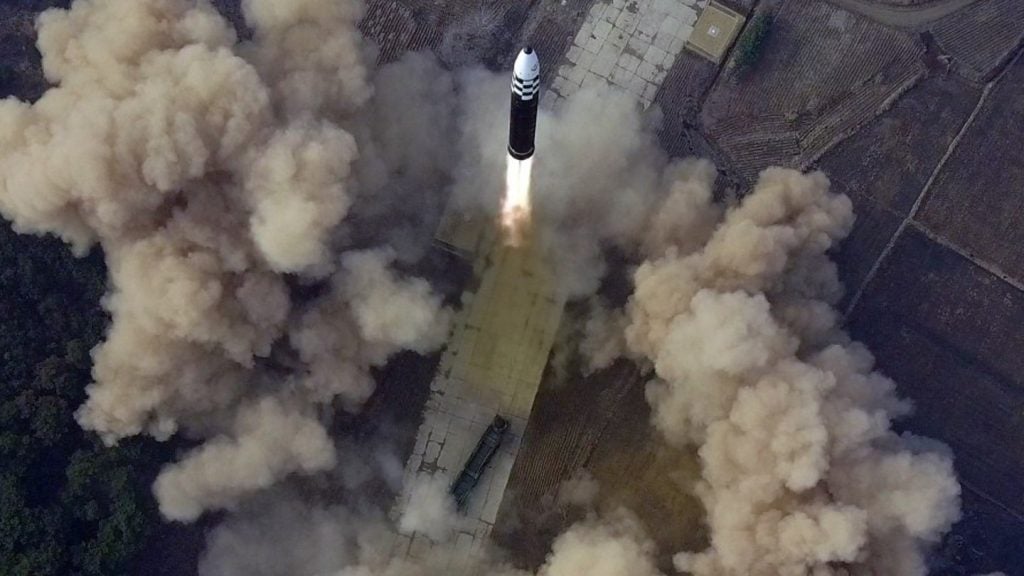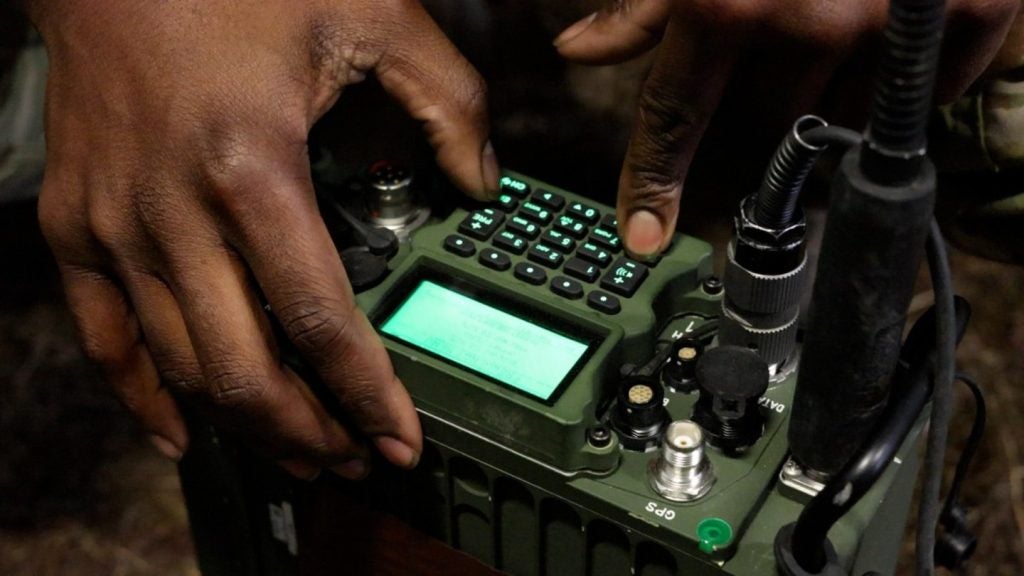The University of Nottingham in the UK and seven industry firms have teamed up for a research project that aims to develop a new material for increased blast and ballistic survivability.
As part of the project, BAE Systems, QinetiQ, AIGIS Blast Protection, TPS, Permali Gloucester, MIRA and Sigmatex, have formed the collaborative venture ‘Lightweight Material and Structures for Blast and Ballistic Survivability’ (LiMBS).
The programme is co-funded by the government-backed Technology Strategy Board and is led by BAE Systems, Advanced Technology Centre.
LiMBS aims to create affordable lightweight multi-layer/multi-material structures to withstand shock, pressure impulse and impacts caused from of free air explosives, as well as land mines and improvised explosive devices.
The new lighter materials will benefit defence, aerospace, oil and gas, automotive, heavy industrial sectors, as well as high security environments, personal security/VIP protection, and security product manufacturers.
See Also:
It could also be adapted in a health and safety functionality for manufacture, storage and transportation of explosives.
How well do you really know your competitors?
Access the most comprehensive Company Profiles on the market, powered by GlobalData. Save hours of research. Gain competitive edge.

Thank you!
Your download email will arrive shortly
Not ready to buy yet? Download a free sample
We are confident about the unique quality of our Company Profiles. However, we want you to make the most beneficial decision for your business, so we offer a free sample that you can download by submitting the below form
By GlobalDataBAE Systems business development manager Alan Watson said: "This project is potentially groundbreaking for industry, as the new material will be lighter than normal armour steel and therefore all the structures (vehicles and not) built will be easier to transport and deploy all over the world, using more efficient transport, consuming less fuel, less CO2."
Objectives of the research include developing materials that have an areal density significantly less than rolled homogeneous armour (RHA), offering similar blast and ballistic protection to RHA, and capabilities of cost-effective manufacture, as well as assembly and repairs.
TPS consulting engineer and LiMBS founder member Simone Volpe said: "The solution will be based on a backbone of fibre composite materials to provide the lightweight structural requirement, augmented with tailored interlayers consisting of shock dissipation, energy absorption and high failure strain materials.
"Whilst research work is ongoing, the results to date have already identified the potential for developing cost effective lightweight blast and ballistic materials.
"Additionally, it has been possible to determine some high strain rate material properties to facilitate dynamic finite element analysis, thus enabling refinement of composite combinations whilst minimising the need for explosion testing."
The research project is due to conclude by the end of 2012.







